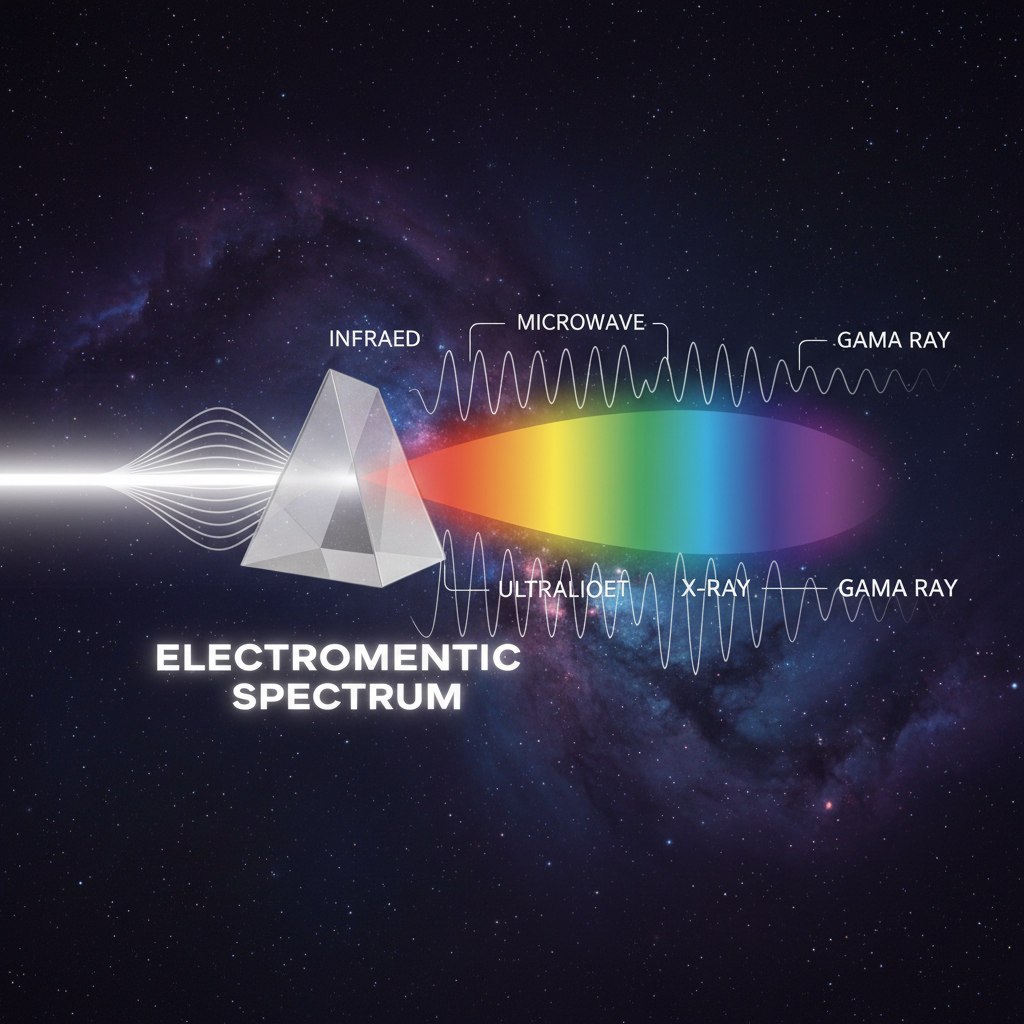October 16, 2025

Toenail fungus, also known as onychomycosis, is one of the most stubborn and frustrating foot conditions. Thickened, yellow, and brittle nails are not only unsightly—they can also cause pain, spread to other nails, and resist traditional treatments.
For decades, patients had few choices: messy topical creams with low success rates or oral antifungal medications that came with potential liver-related side effects. But over the last two decades, laser therapy has emerged as a revolutionary, non-invasive option. Today, it’s considered one of the most effective ways to safely treat toenail fungus.
This article explores the history of laser therapy, how it evolved from early experiments into the advanced technology we use now, and why it has become the preferred choice for lasting results.
Before lasers were introduced, treatment options were limited:
These methods left many patients frustrated, paving the way for new, more effective solutions.
The concept of using lasers in medicine began in the 1960s, shortly after lasers were invented. By the 1980s and 1990s, lasers were being widely used in dermatology and cosmetic medicine for skin resurfacing, hair removal, and vascular lesions.
Researchers soon began to ask: Could laser energy target fungal infections beneath the nail without damaging surrounding tissue?
By the early 2000s, clinical studies began exploring the use of Nd:YAG lasers (neodymium-doped yttrium aluminum garnet) for toenail fungus. These lasers emitted wavelengths that could penetrate the nail plate and selectively heat fungal cells, destroying them while leaving healthy tissue unharmed.
Early trials showed promise: patients experienced clearance of infected nails with minimal side effects. This marked the beginning of a new era in podiatry and foot care.
Today’s laser systems use focused light energy to:
A typical session lasts 20–30 minutes, and most patients require a series of treatments for best results.
Laser therapy has become the preferred choice for many patients because it offers:
Today, laser therapy is widely recognized as one of the most advanced, patient-friendly treatments for toenail fungus. Many clinics combine laser treatment with topical antifungals, nail debridement, and patient education to maximize results and prevent recurrence.
Newer-generation lasers are even more precise, faster, and more comfortable than their early predecessors. As technology continues to evolve, success rates are expected to climb even higher.
Looking ahead, researchers are exploring:
Toenail fungus may have been notoriously difficult to treat in the past, but thanks to the evolution of laser therapy, patients now have a safe, effective, and modern solution. With no downtime, no drugs, and no pain, laser therapy is setting a new standard in foot care.